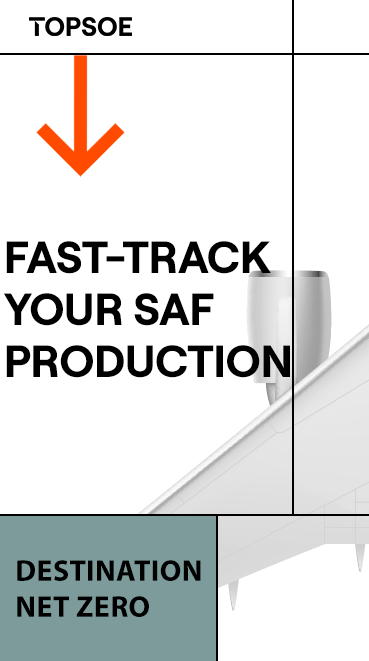GCEH updates shareholders on renewable diesel project, camelina progress
- Ron Kotrba
- Oct 13, 2021
- 2 min read

Richard Palmer, the president and CEO of Global Clean Energy Holdings Inc., provided shareholders an update Oct. 11 on the company’s progress in developing its camelina program under GCEH’s subsidiary company, Sustainable Oils, in addition to an update on its petroleum-refinery conversion to produce renewable diesel in Bakersfield, California.
The Bakersfield biorefinery will have the capacity to process up to nearly 230 million gallons per year of renewable diesel from camelina, soybean, and distillers corn oils, as well as used cooking oil and other feedstocks. Palmer said the project is on track to be fully operational in the first quarter of 2022.
“We remain focused on completing construction and are preparing to start up our refinery operations in the coming months,” he said. “We have continued to expand our relationships with the signing of a term purchase agreement with ExxonMobil for the commercialization of our ultra-low carbon feedstock supply and renewable diesel produced in Bakersfield. Our progress towards becoming the leading, lowest-cost domestic producer of ultra-low carbon renewable fuels is accelerating. The integrated ‘farm-to-fuels’ value-chain strategy differentiates us from other renewable fuel producers, both domestically and worldwide.”
On the camelina front, in addition to moving its Sustainable Oils headquarters to Great Falls, Montana, which the company announced recently, Palmer said it has expanded its plant-genetics portfolio and capabilities with the acquisition of Agribody Technologies Inc. “The intellectual property we acquired in our purchase of ATI includes key patents that can improve camelina yield and stress tolerance,” Palmer said. “This year we applied for seven new camelina patents and submitted six plant variety protection applications. We planted large commercial test acreage of these new camelina varieties to demonstrate their commercial viability to our existing and expanding farmer base. These additional varieties will significantly expand our unique camelina intellectual-property portfolio.”
Palmer said the company has also entered into strategic relationships with several farmer cooperatives and other large agriculture-based entities to expand the grower adoption of camelina through their existing grower networks in Montana, Kansas, Colorado, and Washington. “We will also continue to grow and expand camelina production through third-party farmers in Idaho and Oregon,” he said.
In addition to upstream and downstream updates, Palmer said the GCEH is expanding the midstream segment of its operations “to provide grain aggregation, processing, and transportation capabilities for our camelina growers. To support our expansion in Montana, we are developing three grain-aggregation sites that are co-located with an existing cooperative’s assets, CHS Inc., in the region. When completed, the new aggregation assets will leverage the resources of the cooperative to optimize our combined processing and handling of product at the facilities. Our goal is to be fully operational at our first site by the fall 2022 harvest.”
Palmer also said GCEH has posted its first corporate presentation to the company’s website, with information about business strategy and more. The presentation can be accessed here.

























-RKstandin.jpg)





